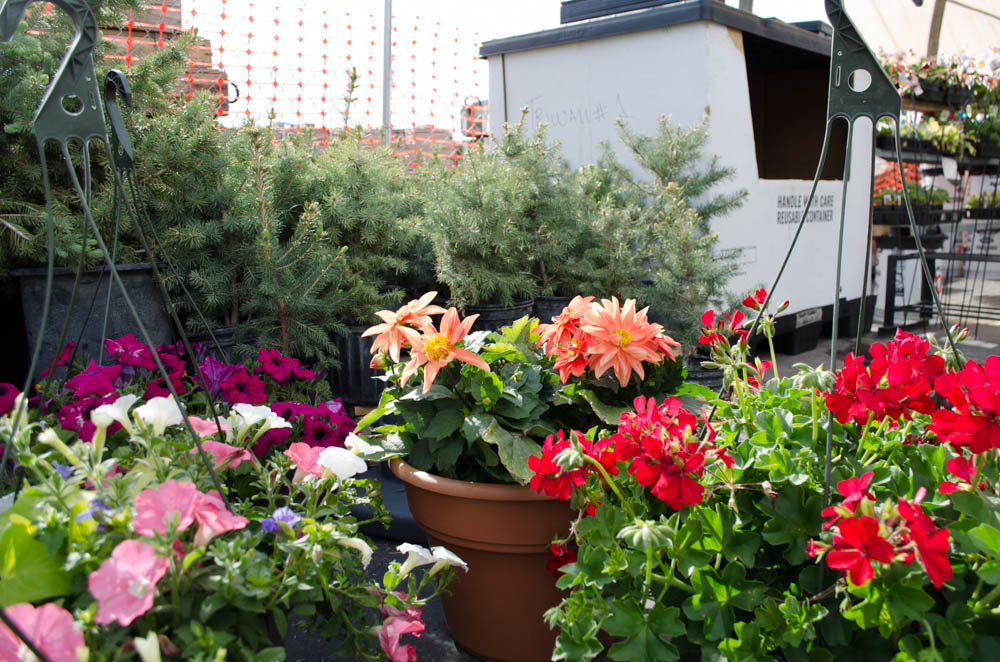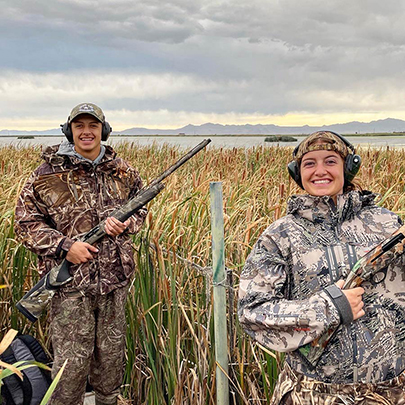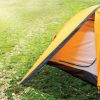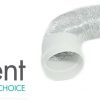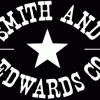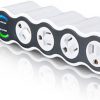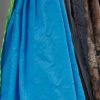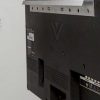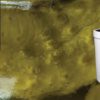Today we had students from Weber High School’s FFA Agricultural Education program come and help us teach Plain City Preschoolers how to plant a garden! Two classes of preschoolers got to plant their own pansies for free, as well as tour the store and have a bunch of fun collecting treats (click to see pictures).
Since they were so good at helping plant flowers – and they happen to be in a Plant & Soil Science class – I asked Lindsey, Zeanne, Devin, and Bryan for their tips on how to plant a garden. And they sure had good information!
Bryan, Devin, Zeanne, and Lindsey with Mr. David Shaffer, Weber High School Plant & Soil Science teacher – thanks for your help!
What’s it Take to Plant a Garden?
Tools
You just need some basic tools to plant a garden: a shovel, trowel, gloves, and a sprinkler or sprinkler system are about the basics. There are some more sophisticated pieces of equipment we’ll get to in a moment!
Aside from tools, you’ll also need soil, of course, seeds or established plants, and sunlight.
Time
How much work is a garden? Well, when you taste that first tomato or arrange your first big bouquet of flowers all from your garden, it’ll seem like hardly any work at all.
But, you will want to set aside about 2-4 hours a week to keep your garden in its best shape. you’ll want to Inspect your garden every day, looking for wilting, dead growth, holes in your fence. Then each week, Prune any plants that are growing out of place or have dead branches. Water your plants as they need it – remember in the summer, morning is the best time of day to water. And Weed your garden! Turning a blind eye this week can cause an invasion next week. Get out there and protect the hard work you’ve done already by spending a little time each week going after those weeds. Last but not least, Harvest the fruits of your labor!
Know your Plants
Make sure you read the information about the plants you choose. It’ll tell you how much you need to water, and what amount of sun the plant needs. This is important!
There are 2 key things that determine how much you need to water.
The plant’s needs
Your soil
After you address those, then you can factor in the weather, temperature, and climate.
What do you Plant – and Where?
How do you choose what to plant together? The Weber High students had great ideas here. You’ll want to plant like with like for the best health of your garden. For example, plant cool season crops together, like lettuce and cabbage. Then plant legumes and wax beans together, and then tomatoes, potatoes, and peppers.
Then the next year, you can rotate your crops (it’s not just for large-scale farming!) – even flowers can be rotated.
Why rotate crops? It’s a smart thing to do – really! There are 2 big benefits.
First, each of the types of plants uses the soil in a different way. Some draw on a particular nutrient, and others enrich the soil, like legumes will add nitrogen. This means you’ll have a richer soil, will be able to fertilize less, and if you have dry or poor soil to start with, this will be a great way to enrich your soil.
The other reason to rotate your crops is to stay ahead of diseases and pests.
Bonus: Did you know Marigolds are great for repelling pests?
How to use Fertilizer
Fertilizer is a way of delivering plants the nutrients they need to grow, beyond what they get from soil, sunlight, and water. The big 3 nutrients you’ll find on every bag of fertilizer are Nitrogen, Phosphorus, and Potassium.
When should you fertilize? Wait until your seeds and plants have germinated and start growing. Then you can add the fertilizer of your choice, be it from a box or from a bag of chicken manure.
Remember, this is just adding to the nutrients your plants are already getting from the soil. If you’re going to add fertilizer, use it in moderation.
Just like we as humans don’t grow or thrive if we eat too much of a good thing, your plants may not grow properly if they get too much fertilizer. You’ll get the hang of a good balance by adding a little at a time.
Tip: Do you mow your lawn and collect the clippings in a bag? Mulch up those clippings and mix them into your soil in the spring. This will infuse your soil with a ton of nitrogen. You could even reduce fertilizing your lawn from 4 times a year to just 3 times by spreading mulched grass clippings over your lawn!
Here’s that sophisticated equipment we were talking about: You can rent a mulcher, or get a mulching lawnmower that will chop up grass clippings and lay it on your lawn, doing all the work for you. But, you’d want to make sure you don’t get thatch, which is a thick buildup of mulch, sitting on your lawn. That’s because thatch will cause a shallow root base in your lawn, and insects will start to live in the thatch. To prevent that, you can get a dethatcher and an aerating machine and break up the thatch and aerate the lawn.
How to Protect Your Garden
A white picket fence seems like the finishing touch on your “perfect garden.” But let’s make sure to pick the right fence!
There are several reasons for having a fence: keeping animals like deer and rabbits out, and keeping your garden contained. Before you set your heart on a vinyl or wooden fence that blocks out the neighbors, remember this: the best gardens have fences you can see through.
Why’s that? Well – and we’re not advocating a chain link fence – you need to give your garden as much sun as possible. Barricading the sun along the edges of your garden creates shade, which means your plants won’t be producing as much as they could – in fact, full sun plants will grow slim and try to spread and stretch when they’re in the shade, rather than growing hearty vegetables, fruits, or flowers for you.
I mean, the chain link fence suits us just fine, but you may have a different aesthetic
One great recommendation the Weber High students had was chicken wire. Whichever kind of fence you have, take a weekend and run chicken wire along the bottom of it. And not just above the dirt! Dig down and place that chicken wire under the fence and tamp the dirt back down on top of it. This will help stop the rabbits from burrowing into your beautiful garden!
Where to start?
Utah has a great climate for growing all sorts of plants! Strawberries, Cucumbers, Pumpkins, and Squash all do really well here and will give your family great food throughout the summer.
And don’t forget tomatoes! Tomatoes grow really well in Utah. In fact, Utah State developed a special tomato specifically for Northern Utah, called Hamson DX 52-12 (catchy, right?). It’s a flavorful tomato, with medium juice, that’s great in a BLT.
Bonus Tips: Using a Greenhouse to Extend Growing Season
Start seedlings in a greenhouse – the frost can still get plants well into spring, so protect them and start them in the greenhouse, then transplant them to your garden beds when they’re ready.
You can even keep your trees and tomatoes growing all year by keeping them in a greenhouse, too! While your plants won’t get as much sun, you can control that environment. This means you can control the amount of moisture and even CO2 in the greenhouse. You can also hang UV lights to help the plants grow. While some plants may not flourish in a greenhouse, it’s a great way to either start your plants early or keep them producing year-round while there’s snow on the ground in January.
Just make sure to keep your greenhouse plants in pots, because transplanting flowers or trees once or twice isn’t too hard on plants – but every move is added stress on the plant. So rather than planting a tomato or tree for the summer, keep it in its pot and move the pot outside in the spring, and back in the greenhouse for the winter.
Have questions or success stories about your garden? Leave a comment below!
About Weber High’s FFA Program
The FFA program (Future Farmers of America) is part of Weber High School’s Career & Technical Education (CTE) program. 10th through 12th graders are offered two Pathways, Horticulture or Animal Sciences, which students can use to prepare for their careers – not just in production agriculture, but landscaping, veterinarian sciences, and even government careers including the Department of Natural Resources, Division of Wildlife Resources, and more.
Big thanks again to Mr. David Shaffer and Lindsey, Zeanne, Devin, and Bryan from Weber High School!
Do you know of a preschool that would love to plant flowers and have a fun time at Smith & Edwards? Call 801-731-1120 or email vickie@smithandedwards.com. This is a free program and your kids will love it!




